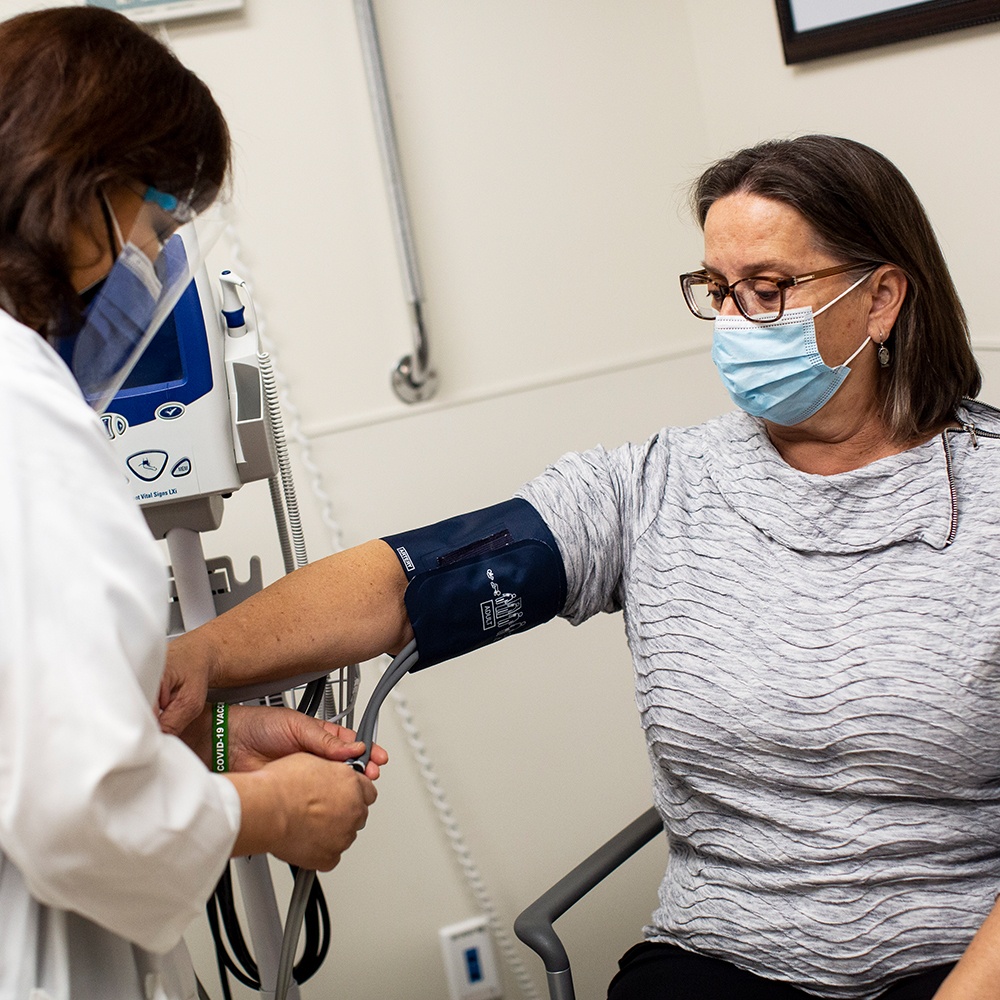Biventricular Pacing / Cardiac Resynchronization Therapy

Overview
What is Biventricular Pacing/Cardiac Resynchronization Therapy?
Biventricular pacing, also known as cardiac resynchronization therapy (CRT), is a treatment that uses a biventricular pacemaker to improve your heart’s rhythm and symptoms associated with arrhythmias. The pacemaker signals trigger your ventricles (the lower chambers of your heart) to improve the pumping of the blood out of your heart. Your cardiologist may also recommend an implantable cardioverter-defibrillator as part of the treatment to deliver an electrical shock to reset your heart rhythm if it becomes dangerously unpredictable.
Why
Why Biventricular Pacing/Cardiac Resynchronization Therapy
Your cardiologist may recommend CRT for the following reasons:
- If you have moderate to severe heart failure.
- If your ventricles are not working together.
- If you have a weak and enlarged heart.
- Other treatments such as lifestyle changes or medications are not working.
- To lower your risk of heart failure, including death.

Risks
Biventricular Pacing/Cardiac Resynchronization Therapy Risks and Complications
Although CRT is considered a minor procedure, it still carries some risks, including:
- Swelling or bruising in your upper chest where the device was place.
- Bleeding or infection.
- Arrhythmias.
- Mechanical problems with the device.
- Shifting of the device, requiring another surgery
- Collapse lung.
Your cardiologist will discuss the benefits and risk of the procedure so you can make an informed decision.

Prep
Preparing for Biventricular Pacing/Cardiac Resynchronization Therapy
Your doctor will give you instructions on how to prepare for the test that may include:
What to Expect
What to Expect During a Biventricular Pacing/Cardiac Resynchronization Therapy
During CRT
Here’s what happens during CRT:
- You’ll probably be awake and mildly sedated, although in some cases general anesthesia may be used.
- You’ll have a local anesthetic to numb your chest area.
- After making small incisions to create a pocket where the pacemaker will go.
- Your cardiologists will then thread the insulated leads (wires) into veins near your collarbone, and guided by X-ray images, into your heart.
- Once the leads are secured to your heart, they will be connected to the device implanted in your chest, and the device will be tested and programmed.
- Your doctor will then close the incision.
- The procedure generally takes one to three hours.
- You’ll go to recovery where you will be monitored
- You may go home that day after the anesthesia wears off or remain at the hospital while your cardiologist checks and adjusts your device settings.
After CRT
It’s important you follow your cardiologist’s instruction and keep all your follow-up appointments. Other post-procedure recommendations may include:
- Limiting certain physical activities such as lifting or straining for the first 6 to 8 weeks.
- Keeping your dressing clean and dry and checking the incision area for infection.
- Make sure you carry your pacemaker identification and stay away at least 6 inches from electrical devices as well devices with a strong magnetic field such as a microwave.
- Avoid airport screenings and MRI tests.
- Make sure you inform any health provider you have a device
- Your battery will last between 5 to 10 years.
Specialists




















